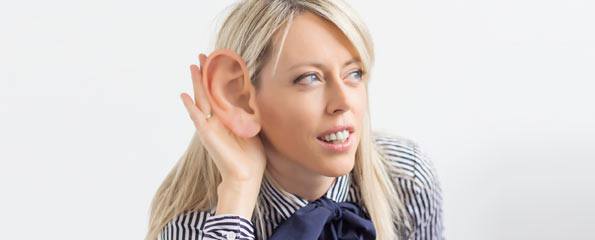
Anatomy
31 Dec 2007
Ear anatomy
The ear is a sensory organ that enables hearing and regulates balance. There are three parts of the ear structure: the outer, middle and inner…
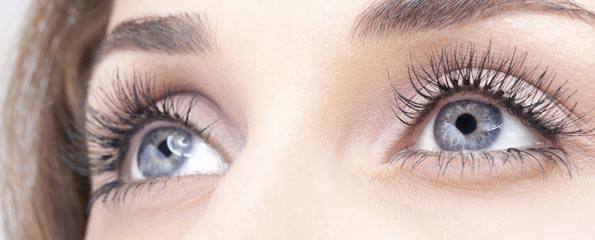
Anatomy
26 Nov 2007
Vision and the eye’s anatomy
The eye is the organ that allows us to see. The optical components of the eye focus light, and the neural components send visual information…
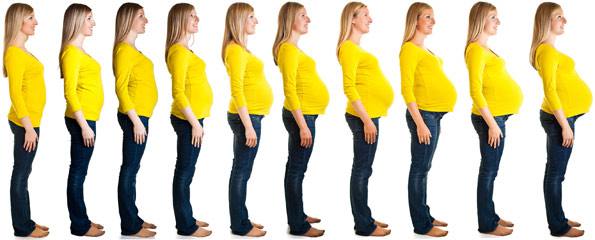
Anatomy
16 Jul 2007
Stages of pregnancy: Introduction
Information on pregnancy week by week, including the changes pregnant women experience during pregnancy, routine doctor appointments and health information.
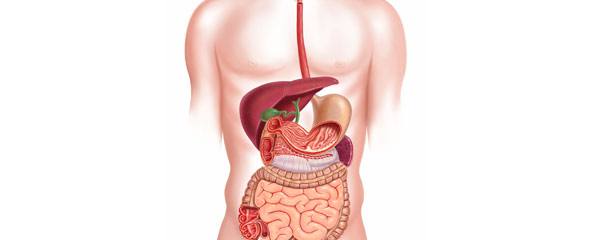
Anatomy
04 Jun 2007
Metabolism and energetics
Metabolism refers to the body breaking down the carbohydrates, fats (lipids) and proteins in food to make energy needed for exercise and maintaining organs.

Anatomy
06 May 2007
Pain: An introduction
Pain is an unpleasant sensory and emotional experience, associated with actual or potential tissue damage, or described in terms of such damage.
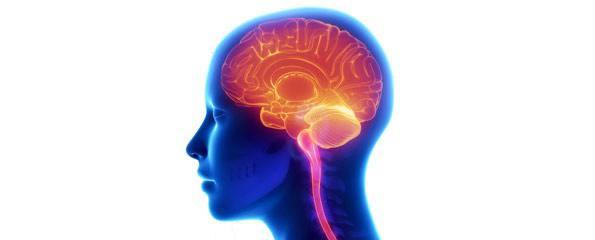
Anatomy
11 Jan 2007
Brain anatomy
The human brain may be classified into several parts, including the cerebellum, parietal lobe, frontal lobe, temporal lobe and occipital lobe.
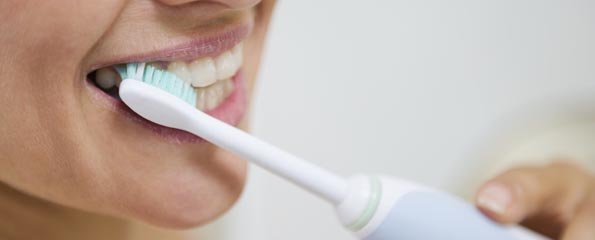
Anatomy
28 Dec 2006
Teeth anatomy: Adult teeth (permanent dentition)
Adult teeth include incisors, canines, molars and wisdom teeth. They help digest food by breaking it up, and are important for speech and appearance.
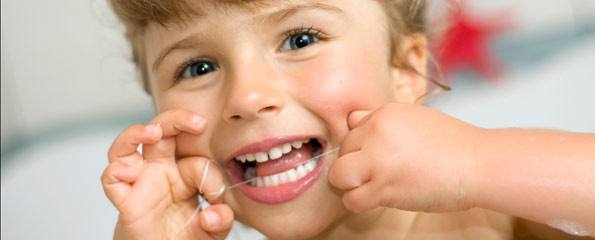
Anatomy
27 Dec 2006
Teeth anatomy: Baby teeth (primary dentition)
Children's teeth (milk or baby teeth) help digestion and reserve space for permanent/adult teeth. Tooth decay in baby teeth also affects permanent teeth.
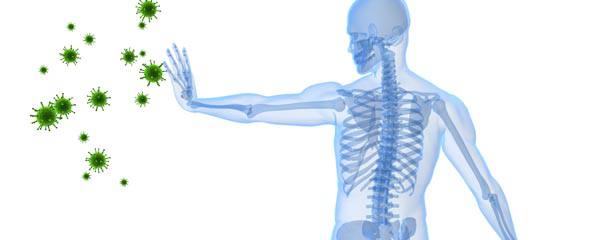
Anatomy
31 Jul 2006
Acquired immune system (B cells and T cells)
The acquired immune system's lymphocytes (T cells and B cells) attack antigens like bacteria and viruses, and create antibodies that prevent re-infection.
